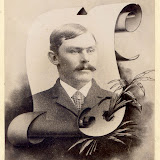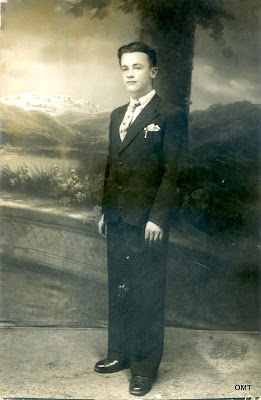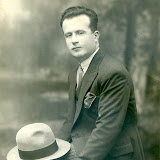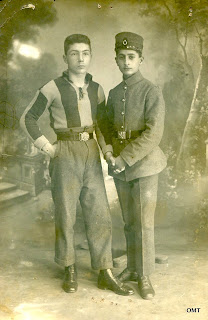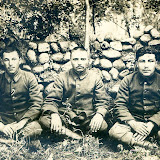“The real voyage of discovery consists of not in seeking new landscapes but in having new eyes.”
Marcel Proust
Overexcited writers sometimes claim that the stereoscope was the Internet of the 19th century, or it was the Victorian era’s television. It was neither of course; it was a bit more remarkable than that. Stereoscopes didn’t really give knowledge to the people who looked through them. No one who gazed upon a 3D scene of the pyramids then switched it for one of a distant nebula was going to be any the wiser for what they saw but the way they looked at the world or thought about their place in it was changed.
One day a scholar of measured temperament and cool logic will investigate the ways the stereoscope changed our society, not in the obvious ways that are plain for anyone to see but where there are only hints or suspicions. Is it pure coincidence for example that science fiction, specifically the idea there might be civilizations on distant planets, first takes hold of the popular imagination in the 1880s, about the same time high quality stereographic images of other galaxies appear on the market? The same time, that is, as people are given free rein to imagine what might be out there? How about art and the apparently simple problem of trying to outdo not just the photographic representation but the fully three dimensional image of the female form? One way might be to kick against instinct and go find inspiration in objects others aren’t looking at; dressmakers mannequins for example. Where else to channel all that menacing resentment at the way something that was once mysterious and profane – the female nude – has been defiled by glorious 3D?
That is all speculation of course but there is still more to the stereoscope than meets the eye. The principle that Charles Wheatstone began working on in the late 1830s was simple. Two images nearly identical except that they are slightly out of alignment are viewed through binocular lenses. This basic idea has never needed improvement.
You might expect the stereoviewer to go the way of those other charming relics from bygone days, the zoetrope and the praxinascope, but it has had a strangely tenacious history. By the 1920s the old wooden stereoviewer was a thing of the past but about that time military departments discovered it was incredibly useful for aerial reconnaissance photography. Viewing stereographic photographs of terrain literally put them in perspective. Meanwhile tobacco and breakfast cereal companies were putting stereographic photographs in their products, the idea being that the buyer could collect coupons and send off for a viewer. In the 1930s the first ViewMasters came on the market. Each cardboard reel held seven photographs, which allowed for a rough narrative to be used. In the 1970s ViewMaster brought out the first talking model, where a cassette was played along with the images. ViewMasters are still in production.
The simplicity of the stereograph’s optical principles is one explanation for its resilience - they have always been cheap and easy to produce – but it isn’t the best. There is something to be said for the intimacy involved in holding a viewer to the eyes. It’s a private act that encourages contemplation. It’s the paradox of entering private space to view the wider world, more like reading than looking at art. A one dimensional photograph of a distant place may excite our curiosity but a stereoview inspires our sense of wonder.
VIEW THE GALLERY HERE
 |
| STEREOSCOPES |










